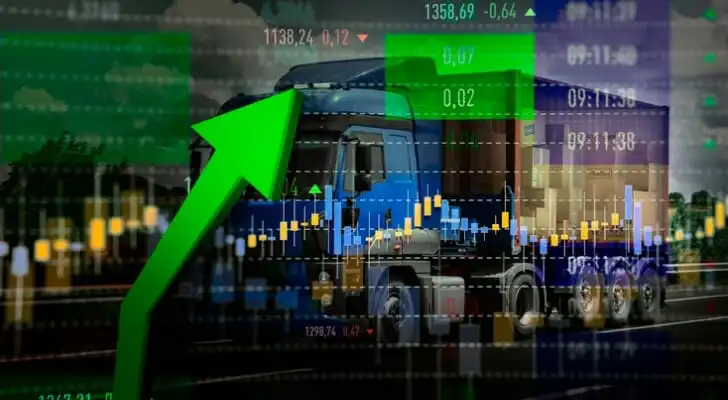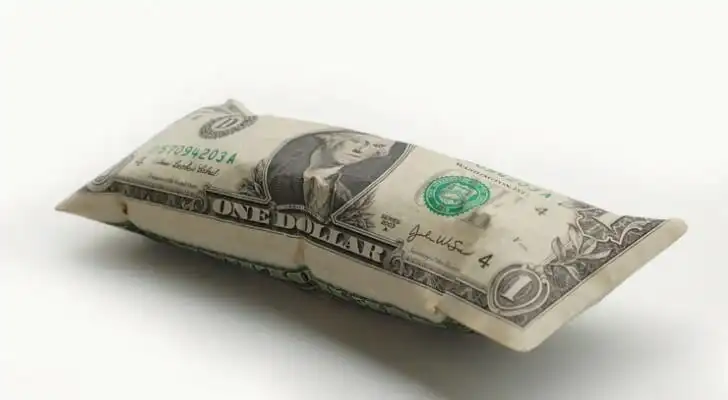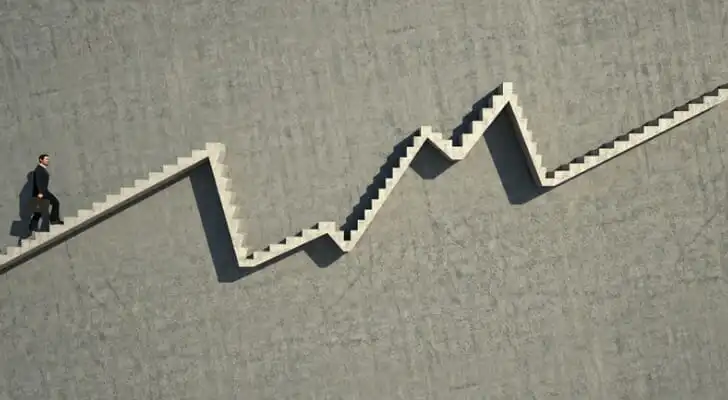Demand-pull inflation occurs when the demand for goods and services outpaces their supply, leading to a general increase in prices. This type of inflation typically happens during periods of strong economic growth, where consumers and businesses have more disposable income to spend. As more money chases a limited amount of goods, prices naturally begin to rise. Common drivers of demand-pull inflation include government spending, increased consumer confidence and expansive monetary policy. Understanding the mechanisms behind demand-pull inflation can help individuals and businesses recognize the factors that lead to rising prices in the economy.
Working with a financial advisor can help you plan and account for inflation in your long-term financial plan.
What Is Demand-Pull Inflation?
Demand-pull inflation is a phenomenon where increasing consumer and business demand leads to higher overall prices in the economy. It usually occurs when an economy is performing well, with rising employment and strong consumer confidence. As people and businesses spend more, companies may struggle to keep up with this demand, leading them to increase prices. This inflationary pressure is a direct result of aggregate demand surpassing the available supply, which can eventually impact the overall cost of living and purchasing power.
Demand-pull inflation often leads to a self-reinforcing cycle: as prices rise, workers may demand higher wages to keep up with the increased cost of living, which in turn can lead to further price increases. This cycle can create a persistent inflationary environment if not managed by appropriate economic policies.
What Causes Demand-Pull Inflation?
Several factors contribute to demand-pull inflation, including increased consumer spending, expansive fiscal policy and monetary stimulus. When consumers have more disposable income, whether through tax cuts or higher wages, their spending power increases, driving up demand.
Government spending, such as infrastructure projects or social programs, also boosts demand in the economy. Additionally, when central banks implement policies that make borrowing easier, such as lowering interest rates, businesses and consumers are more likely to take loans and spend, further fueling demand and pushing prices higher.
Demand-Pull Inflation Examples
One of the best examples of how demand-pull inflation ties directly to an increase in aggregate demand comes from the 2008 financial crisis and subprime mortgages. As mortgage-backed securities gained popularity in the years leading up the crisis, demand for these securities also increased. Consequently, home prices increased too, which can be directly attributed to demand-pull inflation. This caused years of chaos in the U.S. mortgage economy.
On a more macroeconomic level, mainstream products from companies like Apple can illustrate how demand-pull inflation can work. Through extremely effective marketing campaigns and high-quality products that are difficult to replicate, Apple created intense brand loyalty among consumers. And the high demand for top-of-the-line Apple phones, tablets, computers and accessories has allowed the company to continue charging an above-the-market rate for its devices.
Comparing Demand-Pull Inflation vs. Other Types of Inflation
The causes of demand-pull inflation is one of four main ways inflation can occur, with one of the others being cost-push inflation. The two other causes of inflation are an increase in the money supply and an overall decrease in demand for money, which are less common.
While demand-pull inflation stems from an overall increase in aggregate demand, cost-push inflation occurs when there is a decrease in aggregate supply stemming from an increase in production costs. For example, if manufacturing tires suddenly becomes twice as expensive, the prices of those tires will also increase, causing inflation. This could even affect the car market, as car manufacturers will need to pay more to complete their vehicles.
When comparing demand-pull inflation with increases in the money supply and decreases in the demand for money, these latter types are typically caused by shifts in aggregate demand. As mentioned earlier, cost-push inflation stems from aggregate supply. Therefore, changes in the money supply and demand are more aligned with demand-pull inflation, as they all arise from fluctuations in aggregate demand.
Bottom Line
Demand-pull inflation is one of several different types of inflation. However, what makes it stand out is the fact that it’s brought on first by an increase in aggregate demand. This then affects aggregate supply and causes prices to raise.
There are a handful of reasons why demand-pull inflation might happen, from an increase in the money supply to cutting edge branding and technology on a micro sale. You should keep this economic concept in mind when thinking about the effects on the overall economy, as well as your savings and investments.
Investing Tips
- A financial advisor can help you manage your portfolio and optimize your financial plan. Finding a financial advisor doesn’t have to be hard. SmartAsset’s free tool matches you with up to three vetted financial advisors who serve your area, and you can have a free introductory call with your advisor matches to decide which one you feel is right for you. If you’re ready to find an advisor who can help you achieve your financial goals, get started now.
- Regardless of how long you’ve been investing, it pays to be prepared and educated. SmartAsset has you covered with a variety of free online resources designed to help you get your finances under control. For example, check out our asset allocation calculator to figure out how your portfolio should be built.
Photo credit: ©iStock.com/sefa ozel, ©iStock.com/photoMacgyver, ©iStock.com/Alexyz3d


